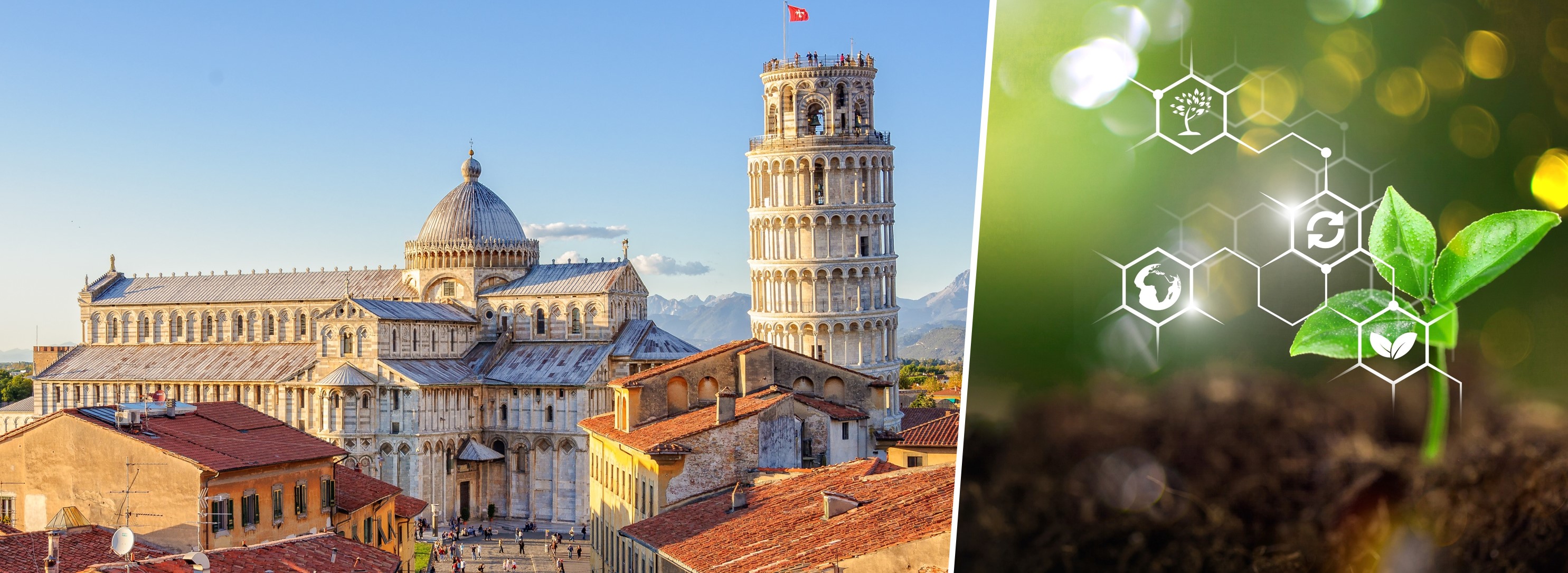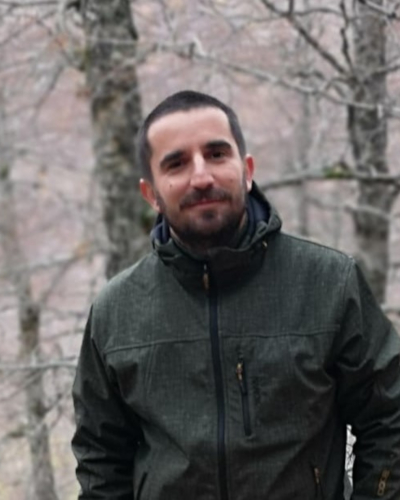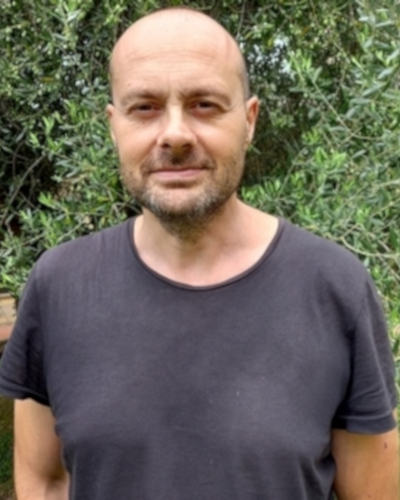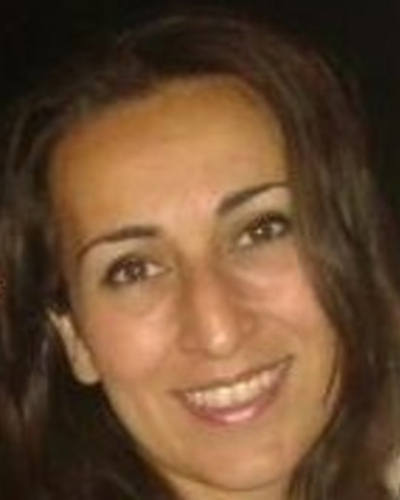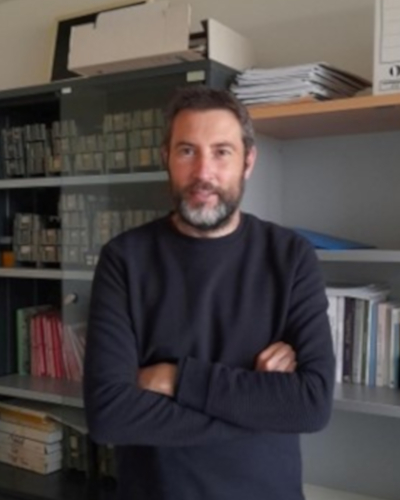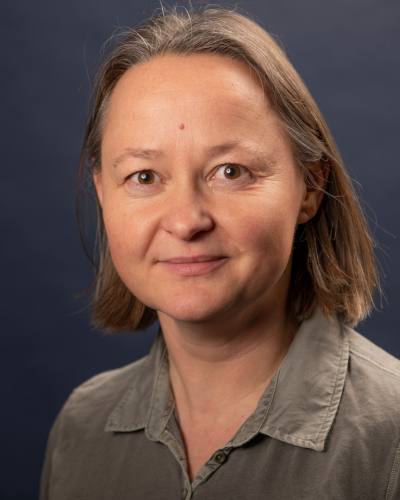SPECIAL SESSION #6
Sensors and digital technologies for mapping and monitoring soil
ORGANIZED BY
Simone Priori
University of Tuscia, Department of Agriculture and Forest Sciences
Roberto Barbetti
CREA - Research Centre for Forestry and Wood
Romina Lorenzetti
CNR-IBE
Manuel Pulido Fernández
Universidad de Extremadura
Ulrike Werban
UFZ Helmholtz Centre for Environmental Research
ABSTRACT
Digital technologies play more and more a key role to monitor environmental features in agriculture and forestry. Monitoring and mapping soil spatial-temporal variability has become fundamental for understanding agro-environmental systems. Proximal and remote sensing technologies enable the acquisition of diverse spatial data both in agriculture and in forestry, and represent one of pillars of the digital agriculture and forestry. In recent years, innovative platforms of proximal sensing and handheld sensors for soil monitoring have been developed, as well as sensors to monitor temporal variability of certain parameters, in particular soil moisture and GhG emissions.
This scientific session calls for original works related to soil monitoring by the use of digital techniques, sensors, aerial or satellite images, predictive modelling, and spatial statistics.
TOPICS
- Applications of geophysical proximal sensing for soil mapping
- Soil spectroscopy
- Uncertainty and accuracy of proximal and remote sensing techniques on soil
- Multi-source data integration and data fusion
- Digital methods of soil mapping supporting precision agriculture
- Innovative approaches to monitor the temporal variation of soil qualities
- Predictive models based on sensing data
ABOUT THE ORGANIZERS
Simone Priori is an associate professor of pedology at the Department of Agriculture and Forest Sciences, University of Tuscia (Viterbo, Italy). His research focuses on soil survey, digital soil mapping, proximal soil sensors and soil spectroscopy, applied pedology for precision agriculture, soil evaluation and management in viticulture and other arboreal crops (hazelnut, olive trees). He published more than 40 papers in international scientific journals, and he is editor of Scientific Reports-Nature. He is vice-chair of IUSS Commission 1.5 Pedometrics and member of European Geoscience Union (EGU), Italian Society of Soil Science (SISS) and Italian Society of Ped ology (SIPe).
Roberto Barbetti is a technologist at CREA-Research Centre for Forestry and Wood, Casale Monferrato (Italy). He was pedologists freelance from 2015-2020 and researcher at CREA-AA Florence (Italy) from 2001 to 2015. His research focuses on digital soil mapping, GIS, applied pedology, soil proximal sensing.
Romina Lorenzetti - Degree in Natural Sciences, Master in G.I.S. and remote sensing for geo-environmental planning, Ph.D. in Agriculture Technology and Biotechnology (and Doctor Europeans), she is currently researcher at the National Research Council of Italy, Institute of BioEconomy –CNR - IBE. From 2009 to 2021, she was involved in research activities about digital mapping, pedometric, and proximal sensing on soil properties of agronomic and environmental interest, at the Council for Agricultural Research and Economics (CREA-AA and CREA-PB).
Manuel Pulido Fernández is an associate professor Universidad de Extremadura since 2007. His main topic has been soil quality indicators among many other ways of land management assessment. He joins 11 research projects funded by Junta de Extremadura, and two EU H2020 projects “Agroforestry and Mixed farming systems participatory research to drive the transition to a resilient and efficient land use in Europe” and “Creating knowledge for understanding ecosystem services of agroforestry systems through a holistic methodological framework. He is co-authors of 52 articles indexed in JCR, 29 in SJR, 27 book chapters and proceedings of more than 50 relevant conferences.
Ulrike Werban is a senior scientist at the Helmholtz Centre for Environmental Research – UFZ (Department of Monitoring & Exploration Technologies) in Leipzig, Germany. She is a geophysicist specialized in the application and further development of near-surface geophysical and direct push-based methods to investigate the critical zone as well as aquifers. Her research is embedded in a wide variety of soil and groundwater issues, from proximal soil sensing, observing soil water content during extreme events to experimental work in shallow aquifers. She published more than 66 papers in international scientific journals, and she acts as a Topical Editor of Solid Earth (Copernicus).

